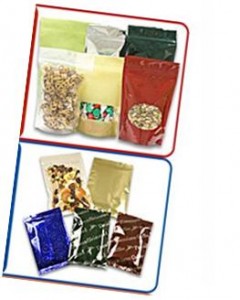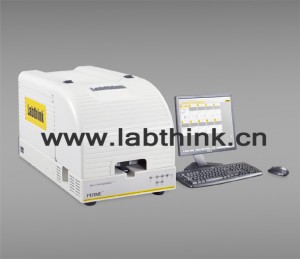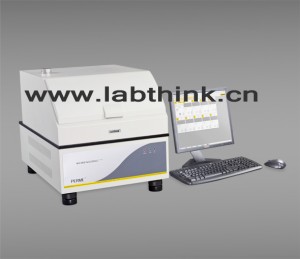From Packaging Barrier Characteristics to Consider Pet Food Shelf Life
 Pets have always been a major part of many families. More so recently than ever, owners have started pampering pets and being more attentive to their needs. This growing love for the family pet has created a booming animal product marketplace.
Pets have always been a major part of many families. More so recently than ever, owners have started pampering pets and being more attentive to their needs. This growing love for the family pet has created a booming animal product marketplace.
Pet Package has been a keen competitive industry along with countless new pet foods introduced into the market. How to enhance and keep competitiveness is drawing the attention of investors and manufactures in pet packaging industry. One of the important aspect is to ensure and prolong the products’ shelf life.
Factors, focusing on packaging, affect shelf life of products
- Packaging Barrier Characteristics
- Heat Seal Strength
- Impact Resistance
- Tearing Resistance
- Leak and so on
Many factors can affect the shelf life, but packaging barrier characteristics, as one of the most important factor, has been of importance to packaging engineers, food scientists and material engineers for decades to determine material and flavor interactions, shelf life estimations, and rapid permeability, solubility and diffusion coefficient analysis. Therefore, we will discuss the packaging barrier characteristics below as a point view.
Oxygen (Gas) Transmission Rate Testing
Pet food contains much fat. As we all know, the fat can be oxidized if it is in the environment with Oxygen, then the food will turn bad. On the other hand, food is usually spiced to draw pets’ interesting. But if air transmitted into the package and mixed up the spice, food won’t be smelled such attractive to pet.
Nowadays, oxygen transmission rate (OTR) is determinated by a method using a coulometric sensor. In the test chambers, oxygen permeated through the specimen will be taken into a coulometric sensor where it produces corresponding amount of electrical signals. The oxygen transmission rate is then obtained by analyzing and calculating the signals. Labthink PERME OX2/230 Oxygen Transmission Rate Testing System is designed to test using this method and applying to ASTM D3985 Standard method, even has a better test res ult than standard requirements. Beacause:
ult than standard requirements. Beacause:
This instrument has a parent of labthink - 3 diffusion cells integrated in one instrument with lower space occupancy rate and higher test efficiency
Futhuremore, It is also embedded with high precision oxygen sensor, which provides a huge test range of 0.01~65000cm3/m2·d and durable service life.
Meanwhile, There are two methods can be used in determinating the other Gas Transmission Rate. One is differential pressure method and the other is equal pressure method. Labthink has equipments using both methods (VAC-V1, VAC-V2 Gas Permeability Tester, DM2/330), and can be best to satisfy clients’ demand. Besides transmission rate, client also can get the parameters for solubility coefficient, diffusion coefficient and permeability coefficient.
Water Vapor Transmission Rate Testing
If the package materials have poor performance in water vapor barrier ability, the food in the package will damping and that will result in food spoilage. Thus, water vapor barrier ability of package materials is also very important factor to ensure the shelf life of products. The testing shall apply to the standard method regulated in ASTM E96 Standard Test Methods for Water Vapor Transmission of Materials.
in ASTM E96 Standard Test Methods for Water Vapor Transmission of Materials.
Labthink has various Water Vapor Transmission rate testers using desiccant method or water method, an Infrared Detection Technique and a modulated infrared sensor. Labthink tries her best to meet clients’s various requirments in the testing and helps clients get more precious data from the tests. Equipped with high precious sensors and renowned electrical components, testing via Labthink Water Vapor Transmission Rate Testers totally reach the requirement of the standards, even better.
(Resource: Labthink Instruments Co., ltd)


